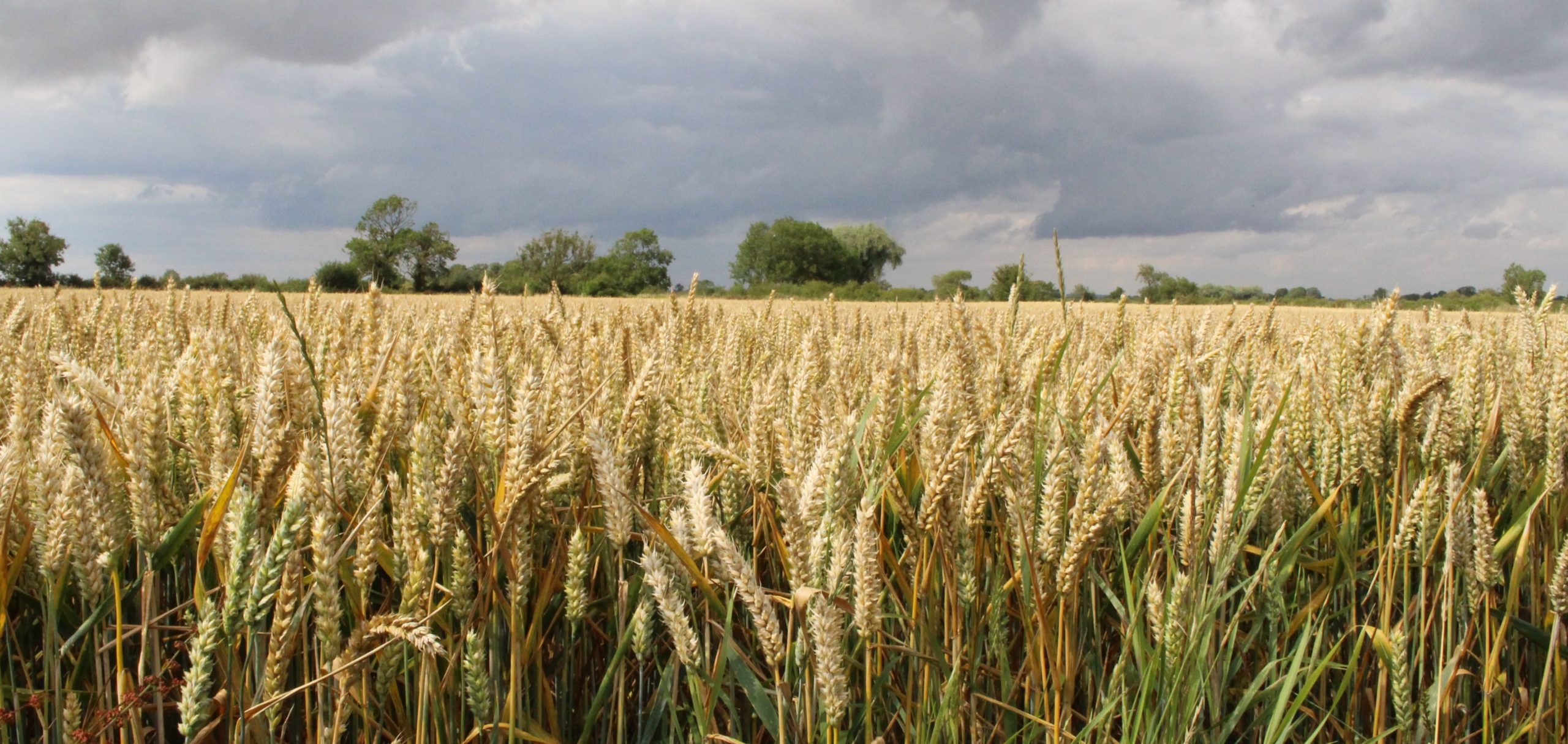
All change on disease control for 2019/2020
13th August 2019Views from Dr. David Ellerton, HL Hutchinson Ltd
After a number of relatively low disease risk seasons wetter weather this spring and summer has put crops under considerable disease pressure, particularly Septoria in wheat and Ramularia in barley
This has exposed the decline in performance of current fungicide chemistry, particularly triazoles and SDHIs, and has shown the vital importance of early disease protection using multi–sites, particularly chlorothalonil.
Many growers have found this out to their detriment, realising too late the very limited curative activity of current products should Septoria be allowed to get established in the crop.
Fortunately, trials have also shown the considerably increased performance on Septoria from products that are in the pipeline to be available to UK growers over the next two or three years.
This is particularly important bearing in mind that many of our established active ingredients will be revoked in the near future such as: propiconazole, cyproconazole, fenpropimorph and chlorothalonil and there are still question marks over other actives such as: thiophanate – methyl, mancozeb and epoxiconazole.
This combination of reduced performance due to increasing levels of resistance, and a diminishing number of established active ingredients available for disease control, will result in completely different programmes in future as well as an increased emphasis on employing integrated farm management techniques.
Probably the most important consideration that growers should bear in mind, as they plan for the 2019/20 season, is the resistance rating of varieties to the key diseases such as Septoria in wheat
Choice of varieties such as Elation (4.3), KWS Barrel (4.5), Leeds (4.6), Viscount (4.8), KWS Jackal (4.9), RGT Gravity (5.0) and KWS Kerrin (5.0) will place the variety under considerable Septoria pressure, particularly if they are early sown and spring weather is wet.
On the other hand, choice of lower risk varieties such as KWS Extase (8.1), LG Sundance (7.9), Firefly (7.0), Graham (6.9), Siskin (6.7) and Zyatt (6.4) will considerably ease Septoriapressure and place less reliance on timely application of fungicides for disease control.
Whatever the variety chosen, trials in 2018/19 have clearly shown the benefit of early disease control, particularly with protectant multi-sites such as chlorothalonil or folpet. With the imminent revocation of chlorothalonil this will increase the importance of folpet in this role.
The decline in efficacy of current triazoles and SDHIs on Septoria means that these can only be relied upon in lower pressure situations. However, where pressure is high then the next generation of products likely to come to market next spring will be particularly important.
Revysol (a new Isopropanol-Azole), from BASF, is a next generation triazole and has shown exceptional activity against Septoria. It is likely to form the backbone of many disease control programmes next spring. However, it will have to be used carefully in order to protect it from the risk of resistance development.
Inatreq (fenpicoxamid) from Corteva is a new active ingredient from the QiI group which is a new mode of action to cereals. It has also given very high levels of Septoria control in 2019. However, similarly to SDHIs, it has a medium to high risk of developing resistance and, as with Revysol, its use in combination with other modes of action will be crucial to reduce selection pressure and preserve its efficacy for the future
Further off, new SDHIs from both Syngenta and Bayer look exciting and, in combination or sequence with Inatreq and/or Revysol, offer the prospect of exceptional Septoria control into the future
Over the years, growers have become increasingly reliant on fungicides alone for control of disease rather than in a combination of chemical and cultural control methods. At the same time a failure, in some cases, to bear in mind that unwise use of products can increase selection pressure and rapidly lead to increased levels of resistance has led to our current situation with reducing efficacy of fungicides on many diseases.
It is essential that fungicide disease control programmes are used within an integrated disease management regime if we are to protect the new chemistry on the horizon and ensure that we are able to maintain yield potential of our crops whatever the disease pressure
The future efficacy of these products is in our hands. Let us learn the lessons of the past and not waste this opportunity to reset the clock as far as disease control is concerned and maintain the latest products in the market for many years to come. As fewer new active ingredients are likely to come to the market in future we may not get this chance again!!

